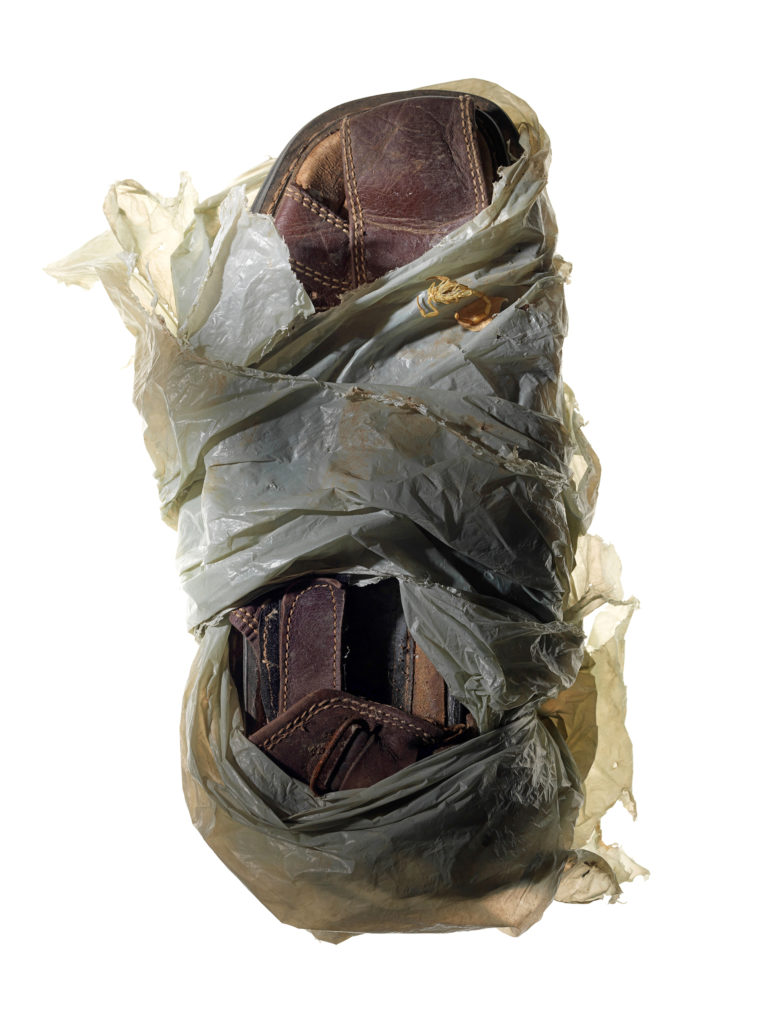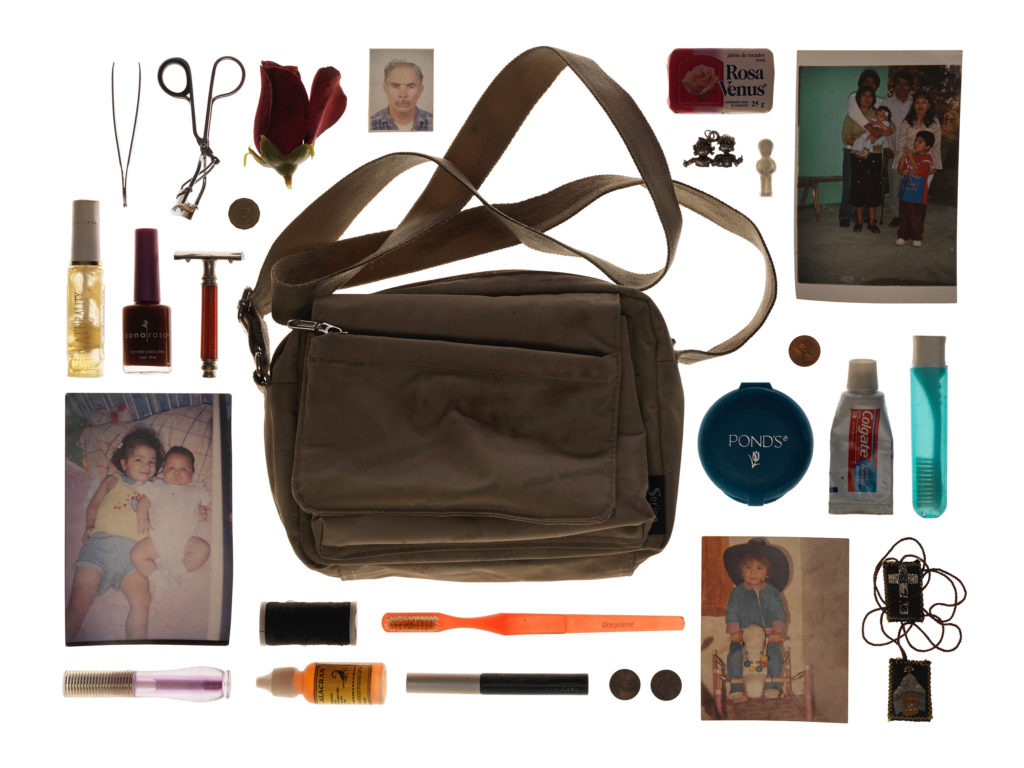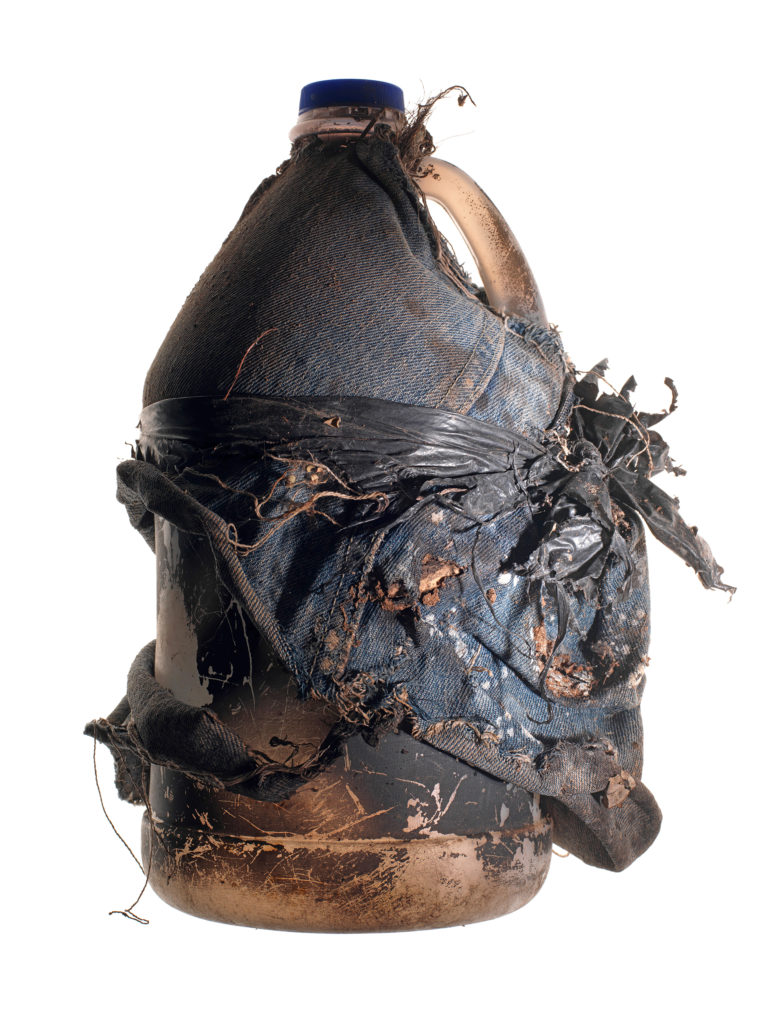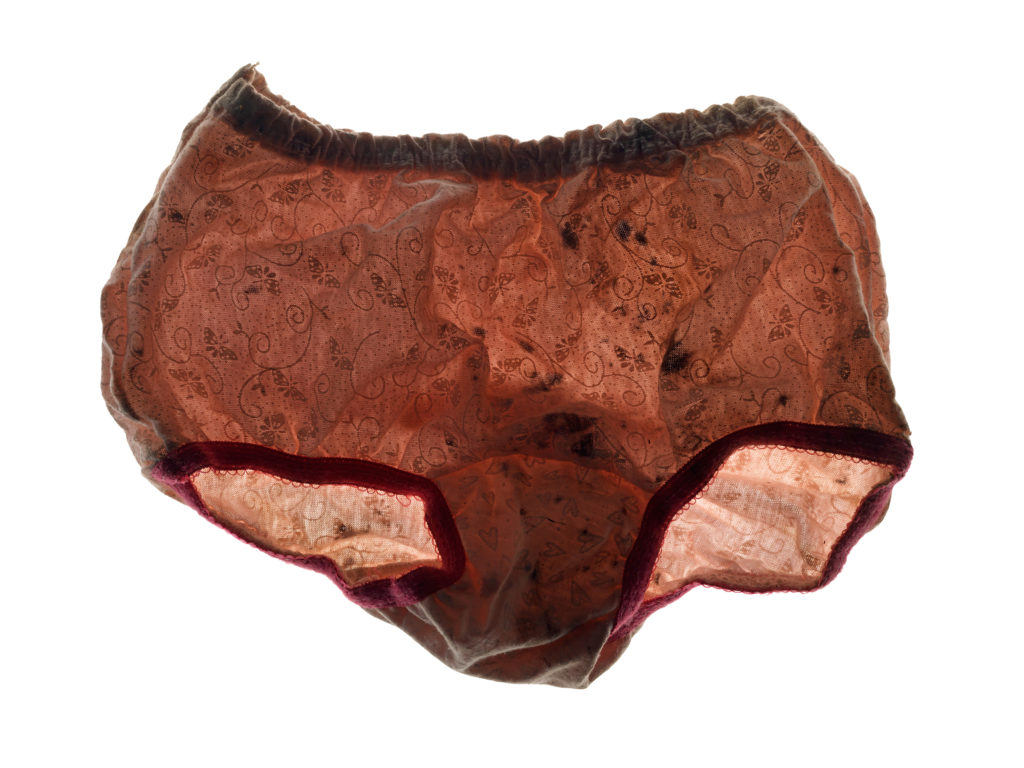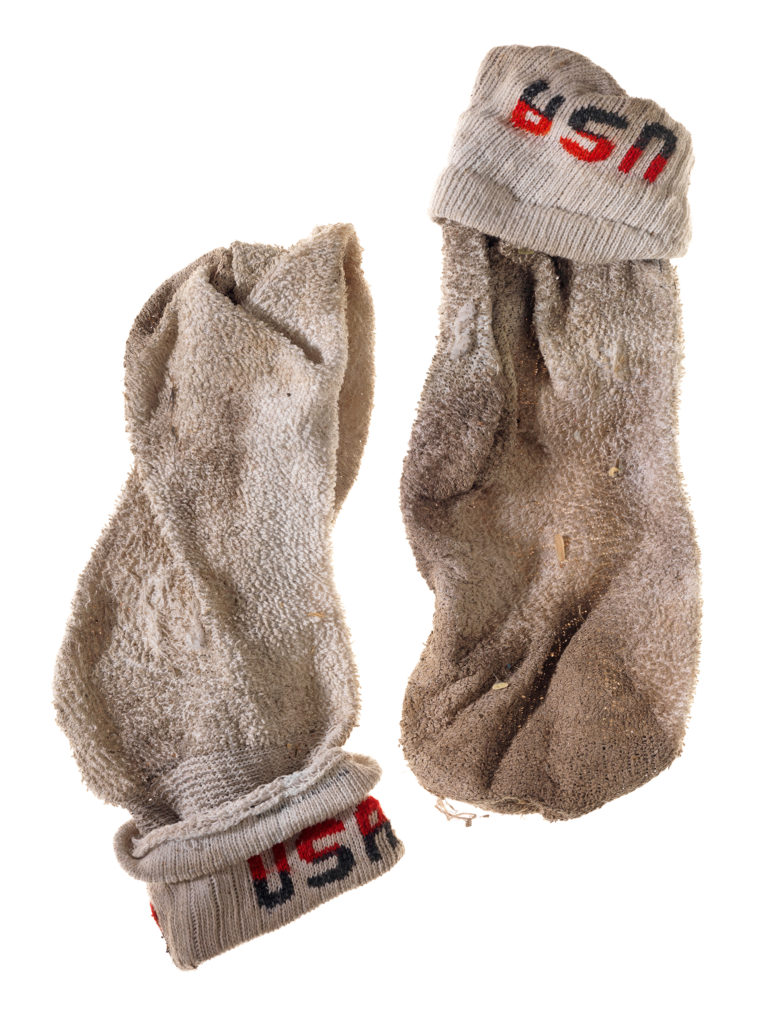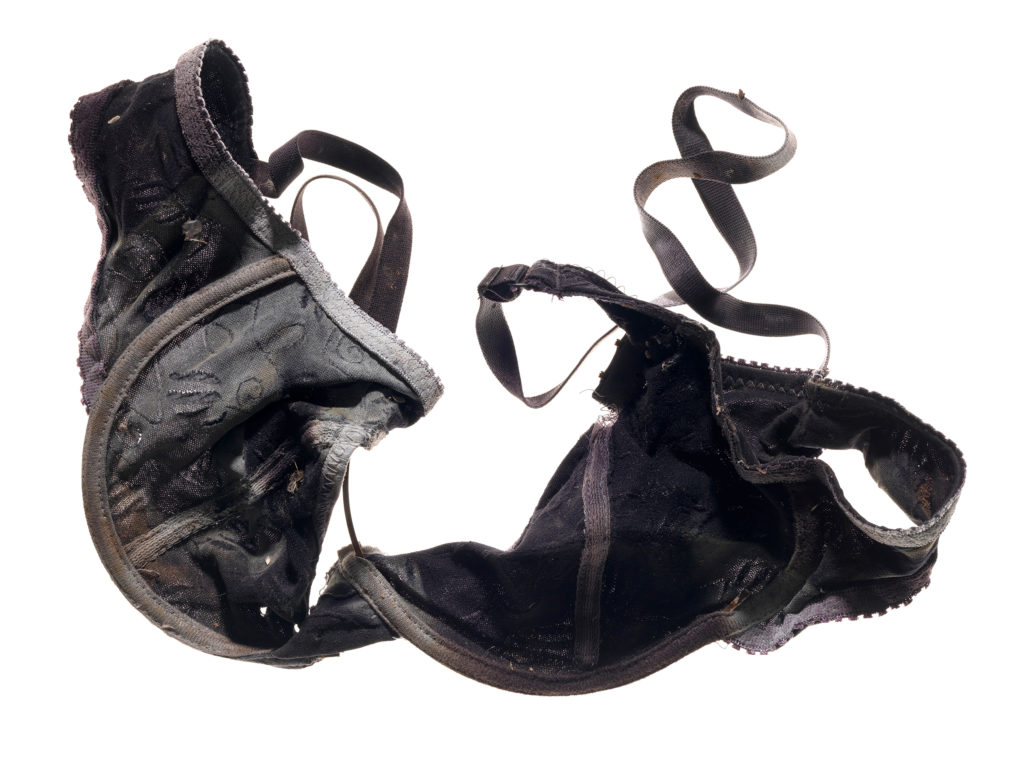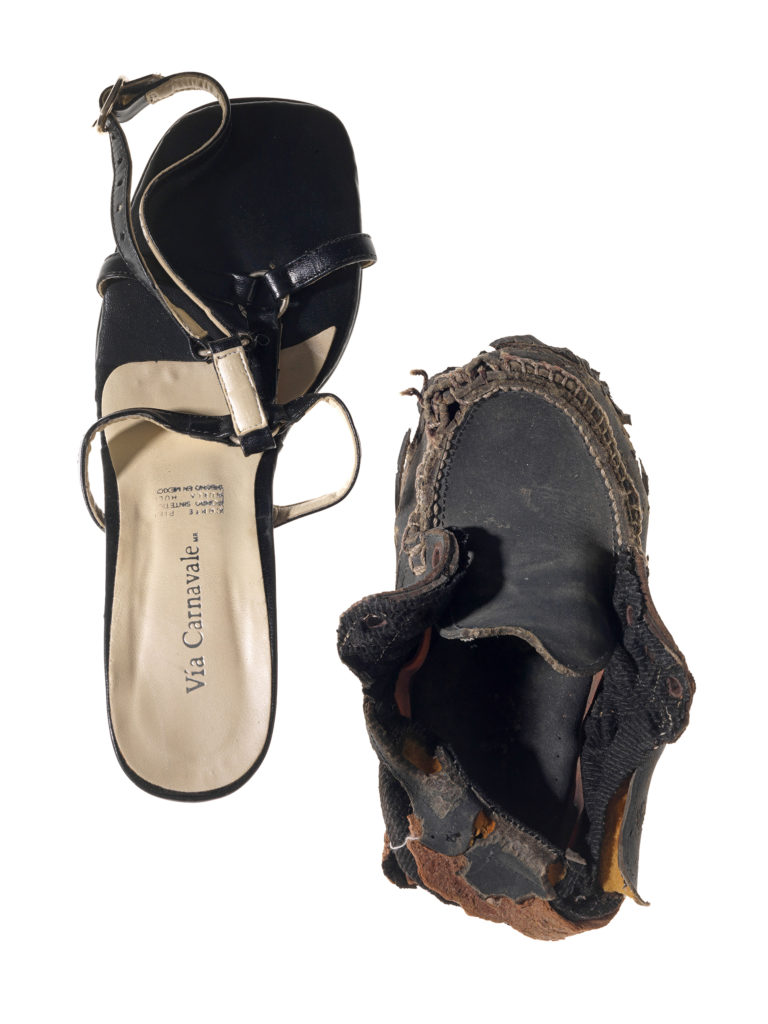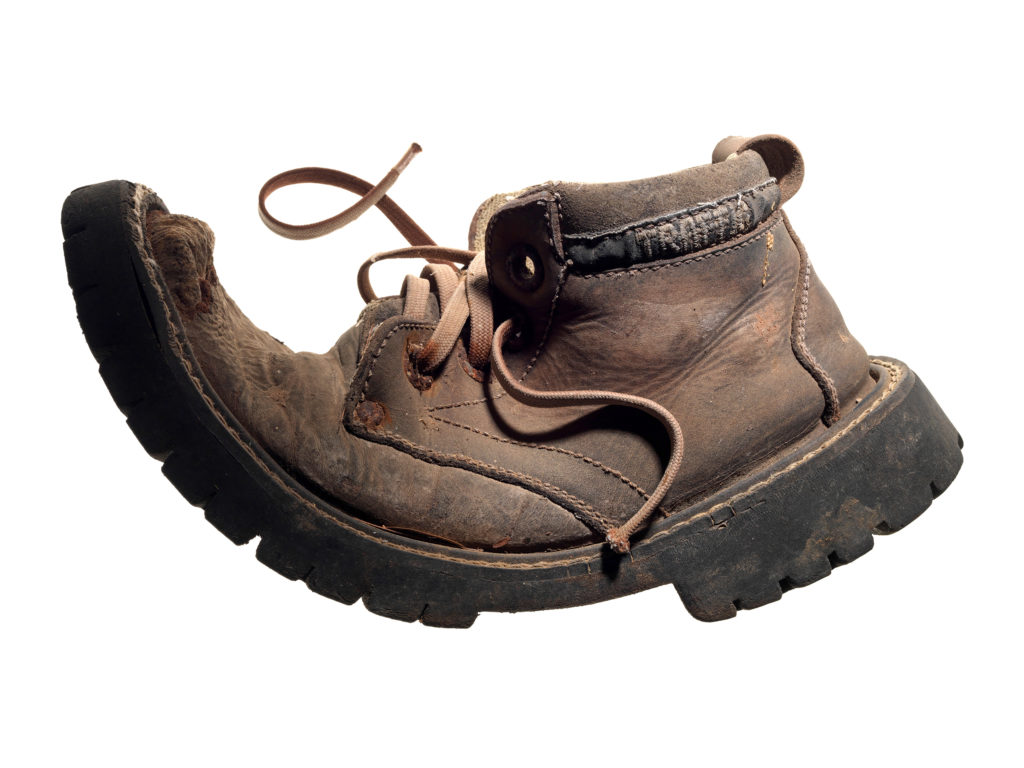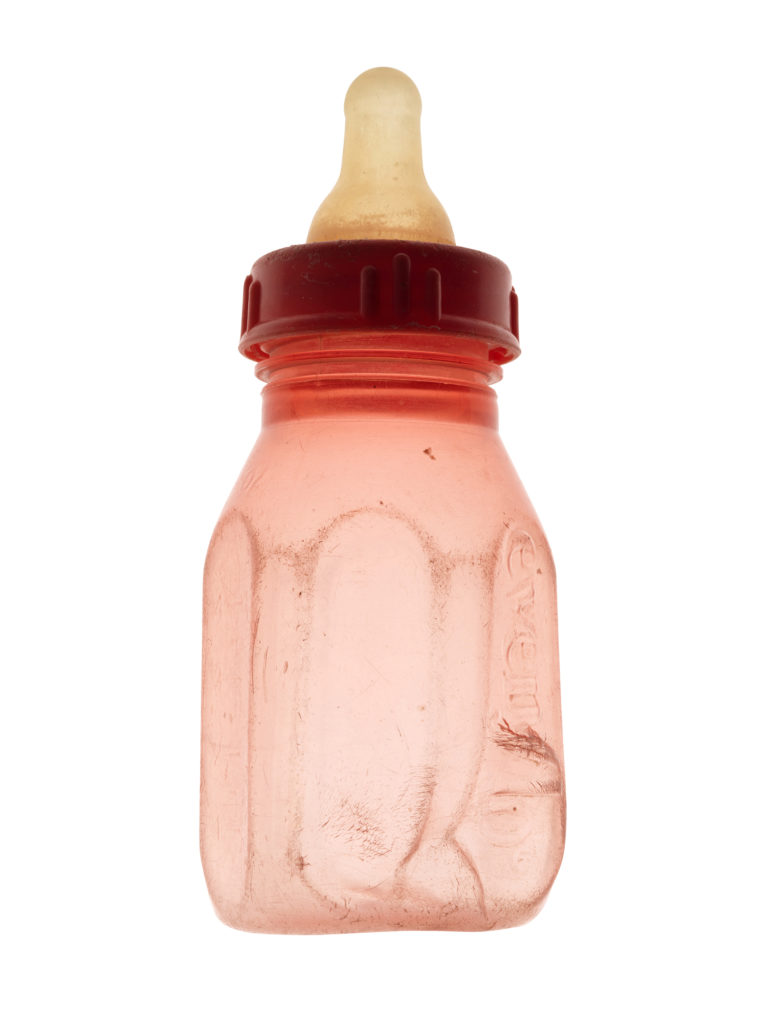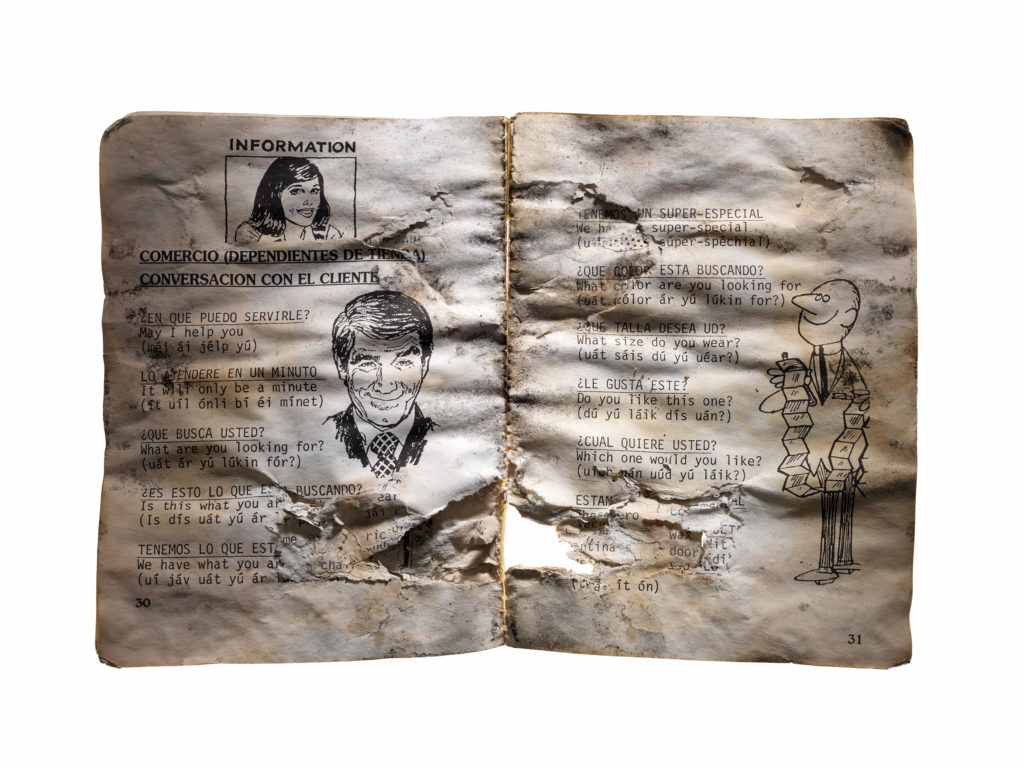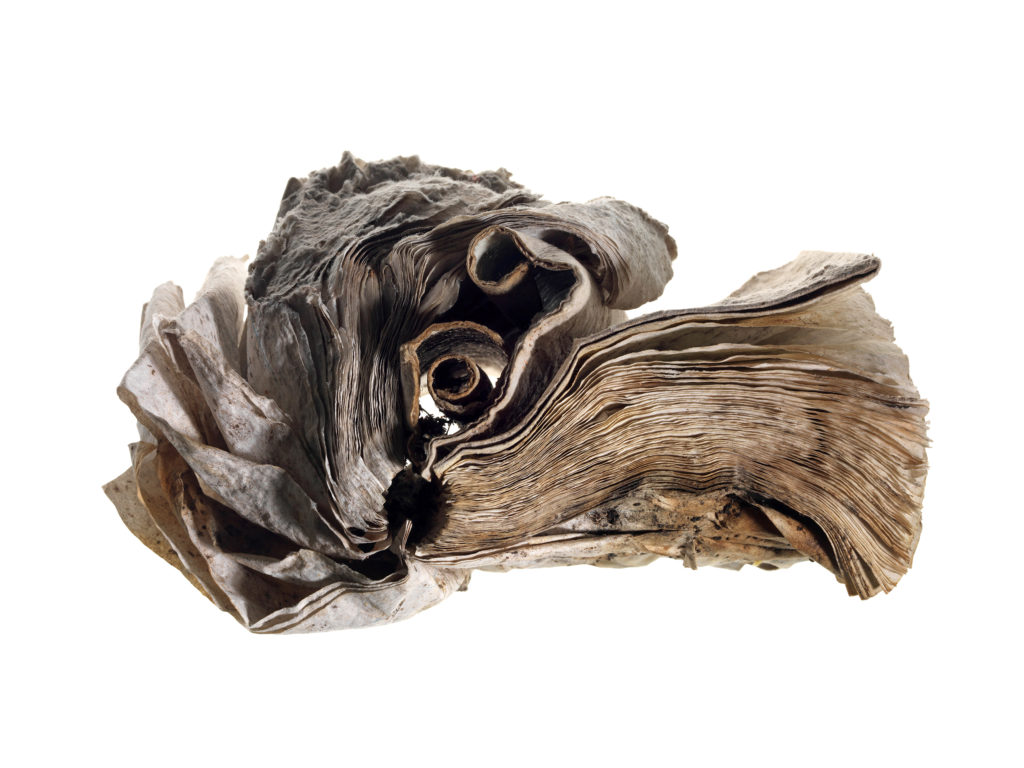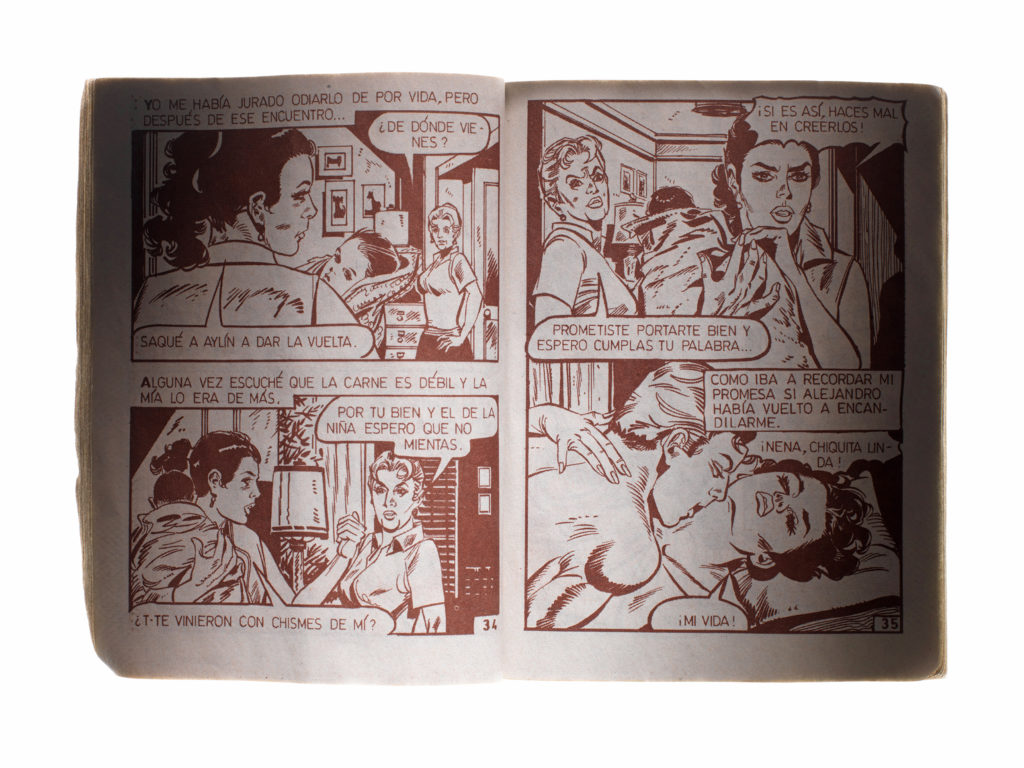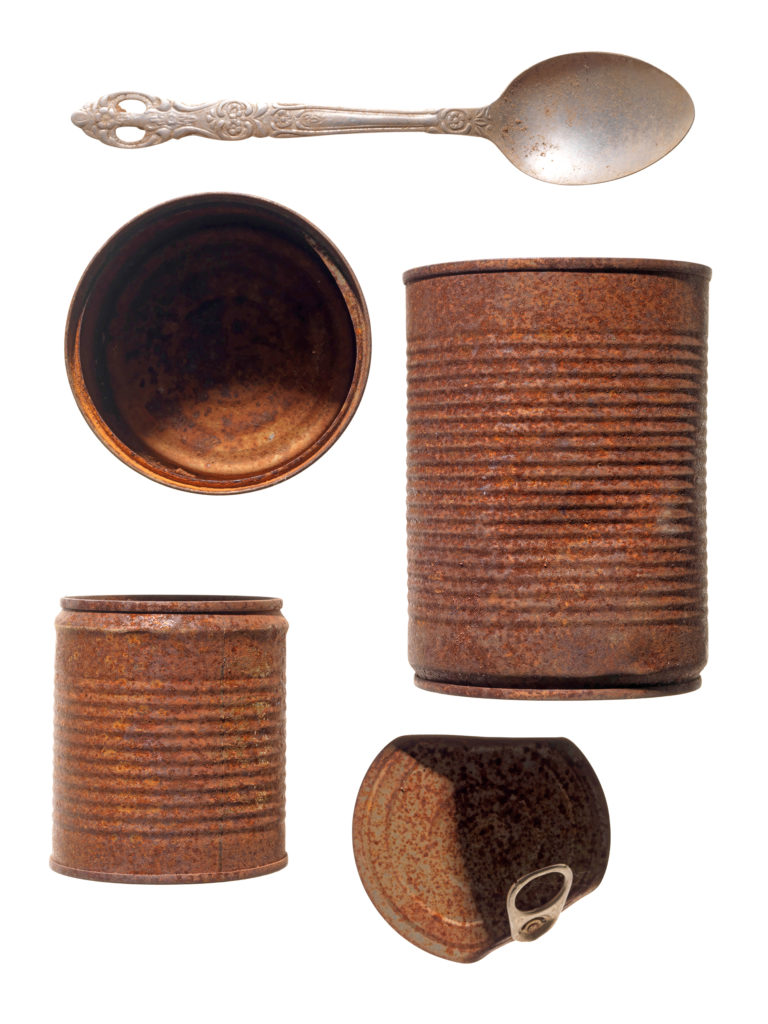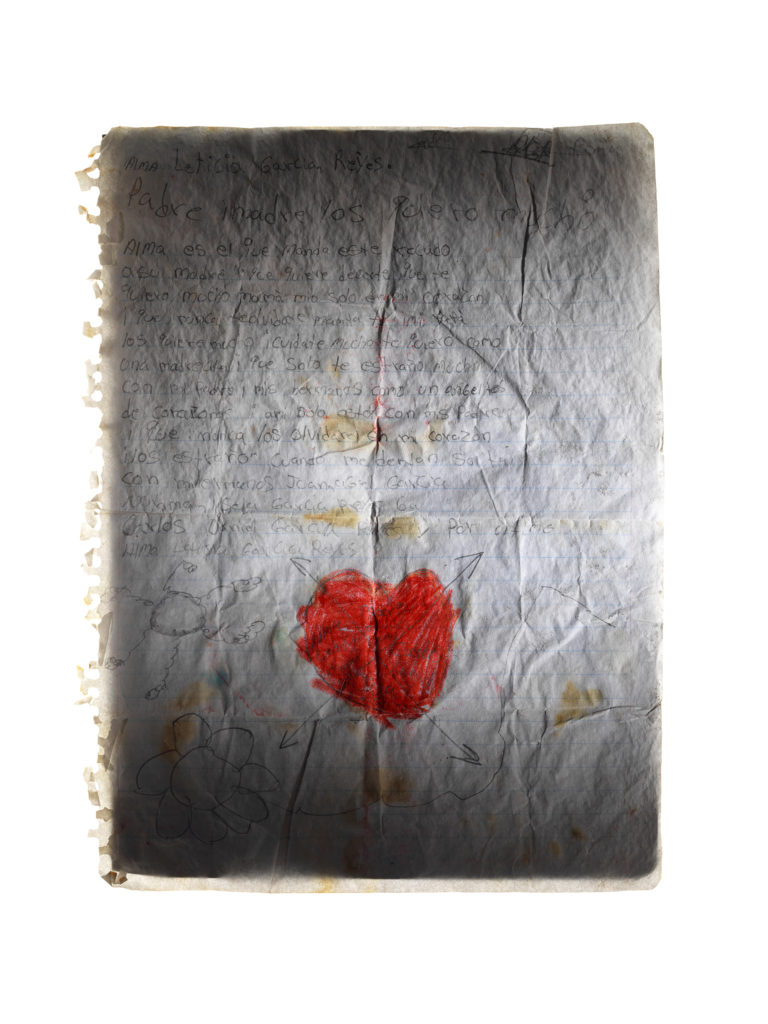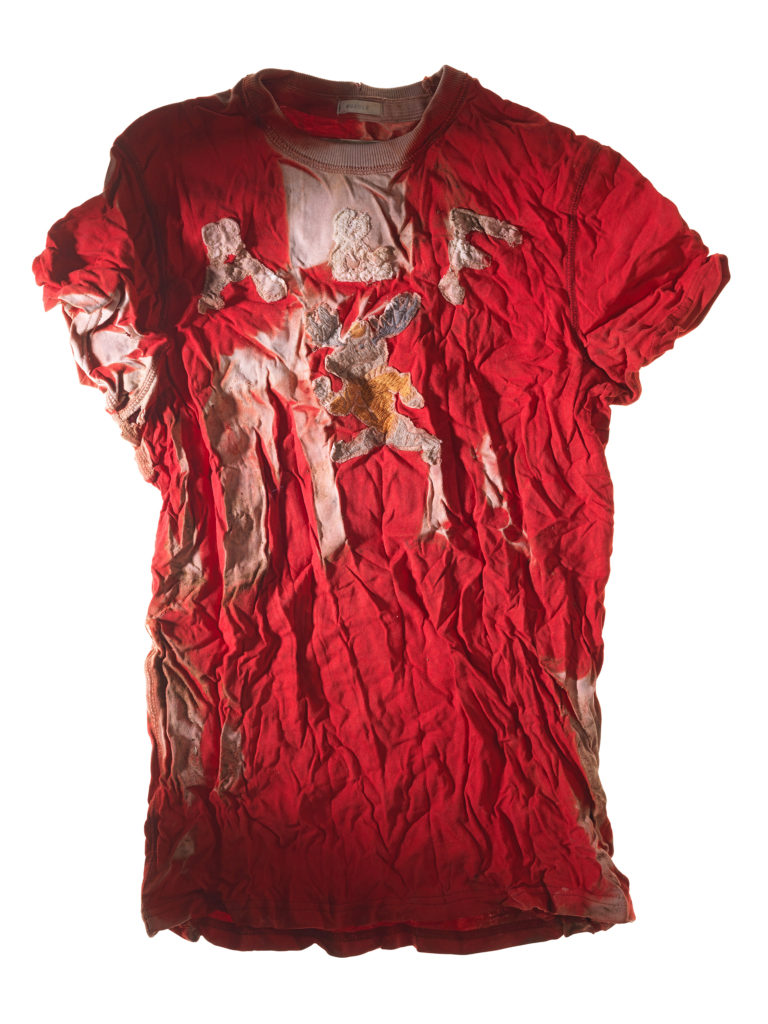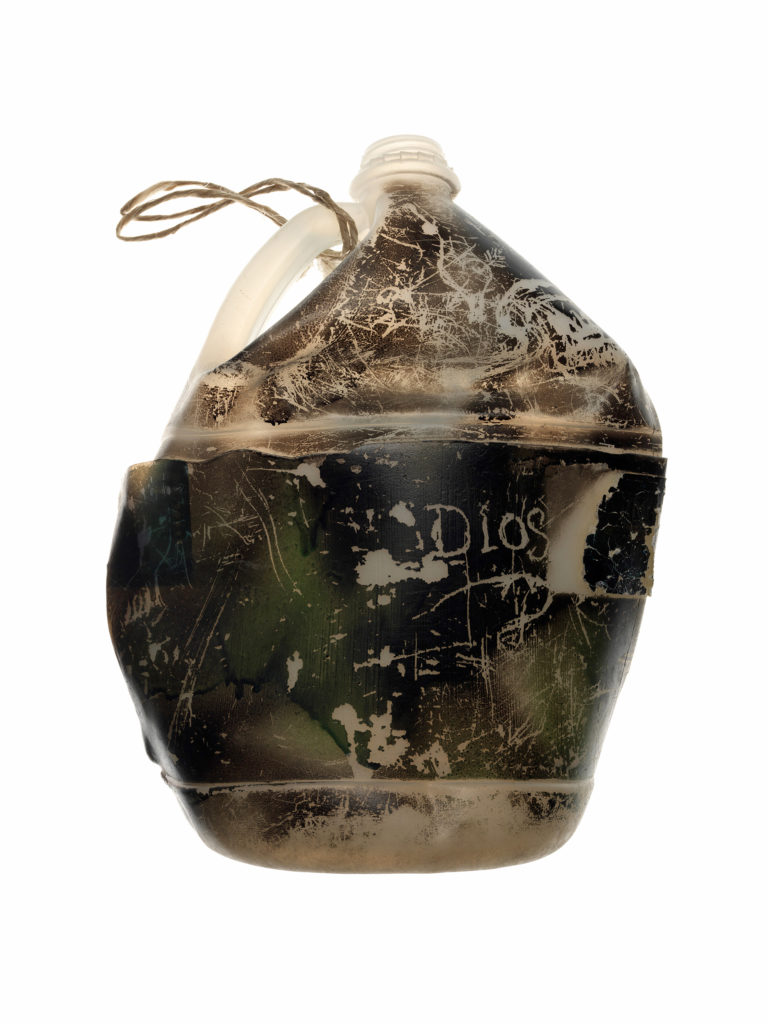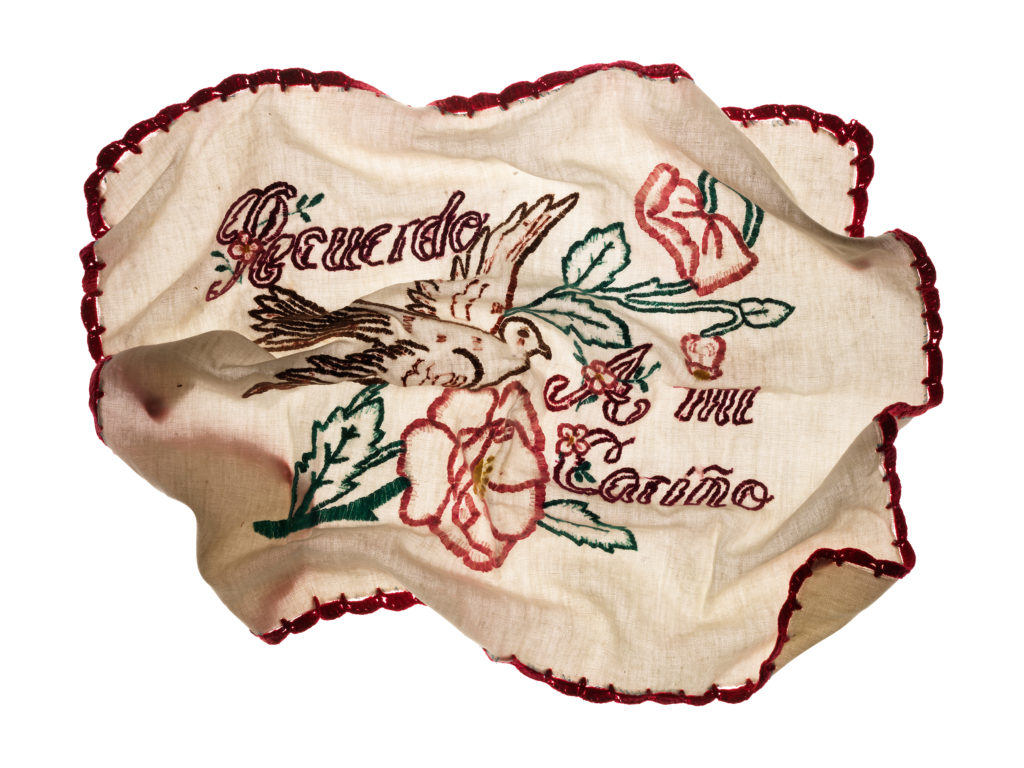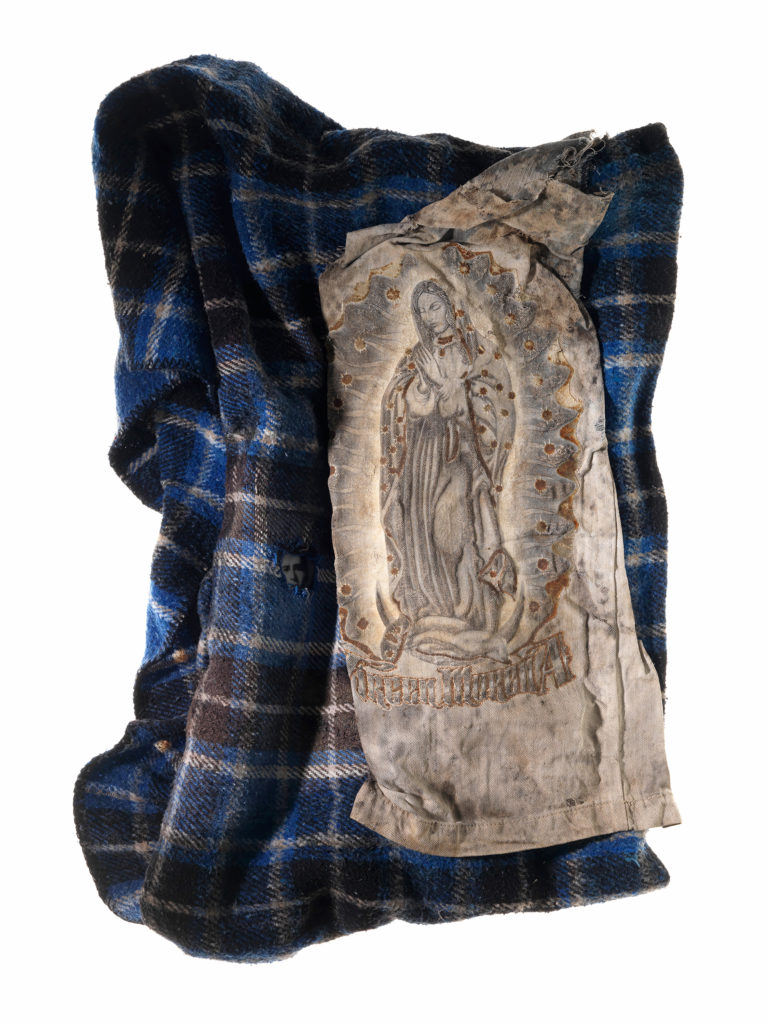It’s a big existential question: In the end what do we leave behind? Human evidence. Proof that someone passed this way and dropped, or left, or stumbled and lost, something that defined them in some way. Perhaps it was only a shirt, or a tattered page of a book. Some small thing allowed on the passage through a hellish desert landscape to one seeking freedom. Those of us armed with expensive cameras capture the light and the majestic geometry of cactus and cloud. A man, woman, or child traversing this landscape is intent only on surviving it and finding a way to stay in America, to work and to send money to those back home.
As the Trump administration continues its unprecedented crackdown on immigration (while overlooking the reality that most Americans cannot, or will not, do the backbreaking work that immigrants perform for substandard wages) concerned citizens in Arizona have continued to provide water and food along the route immigrants take through the desert.
Tucson Samaritans is a humanitarian group that takes water and food into the Sonoran Desert to water stations that can make the difference between life and death to those crossing its treacherous expanse. Francoise Robert and his wife designer Jane Gittings Robert joined this group and their humanitarian work with the group led to a body of work he’s titled “Left Behind”, that consists of large-scale photographs of random objects left behind in the desert.
Anne Telford
—
Since 1999 more than 2000 people have died in the Southern Arizona desrt. These are women, men children fleeing poverty, and trying to reunite with family. Since NAFTA was passed in the mid-90’s more than 3 million people have been displaced from farms in Mexico. NAFTA has benefited US agribusiness, but devastated small Mexican farmers. US-subsidized agricultural products (corn, sugarcane etc) are cheaper to buy in Mexico than the same produce grown locally.
